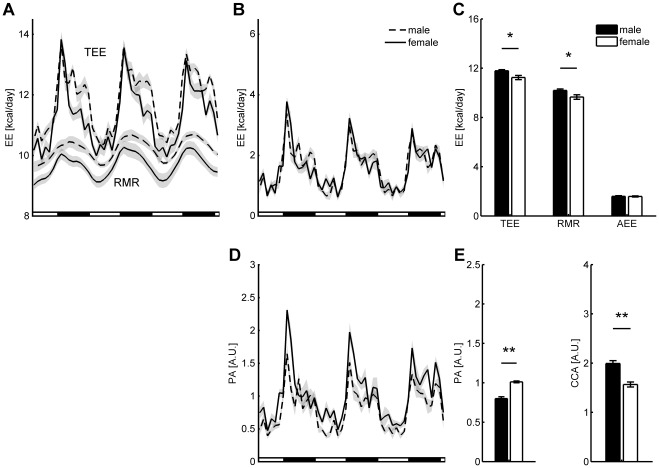Figure 6. Case study: energy expenditure and activity of male and female mice after a 10 week high fat diet.
Time-dependent group averages are shown of TEE and RMR (A) and AEE (B) for male and female mice. Lines indicate group averages and gray bands represent standard error of the mean; black-white bars indicate the dark-light periods. The P-spline model contained 15 knots/day. The TEE of male mice was higher during most of the day, except for the start of the dark period. The RMR of male mice was higher than that of female mice during each period of the day, whereas AEE was overall similar, except for the start of the dark period. Group differences were also present in average daily TEE and RMR, whereas no differences were found in average daily AEE (C). Time-dependent group averages of spontaneous PA show that female mice were more active, especially during the first phase of the dark period (D). The reason that the higher activity of female mice did not engender a difference in energy expenditure is that the caloric cost of activity (CCA) was lower in this group (E). (error bars represent standard error of the mean; * P<0.05, ** P<0.001).

